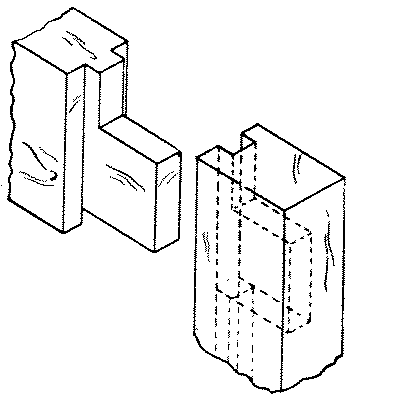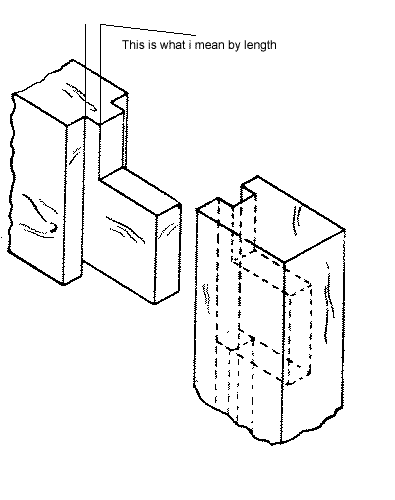johnfarris
Established Member
Hello people
I have seared the forum & had no luck trying to find the following information
When setting out a haunched mortise and tenon, what calculation do you use to work out the length of your haunch?
I know the width & thickness is a third
Any help much appreciated
j
I have seared the forum & had no luck trying to find the following information
When setting out a haunched mortise and tenon, what calculation do you use to work out the length of your haunch?
I know the width & thickness is a third
Any help much appreciated
j



































